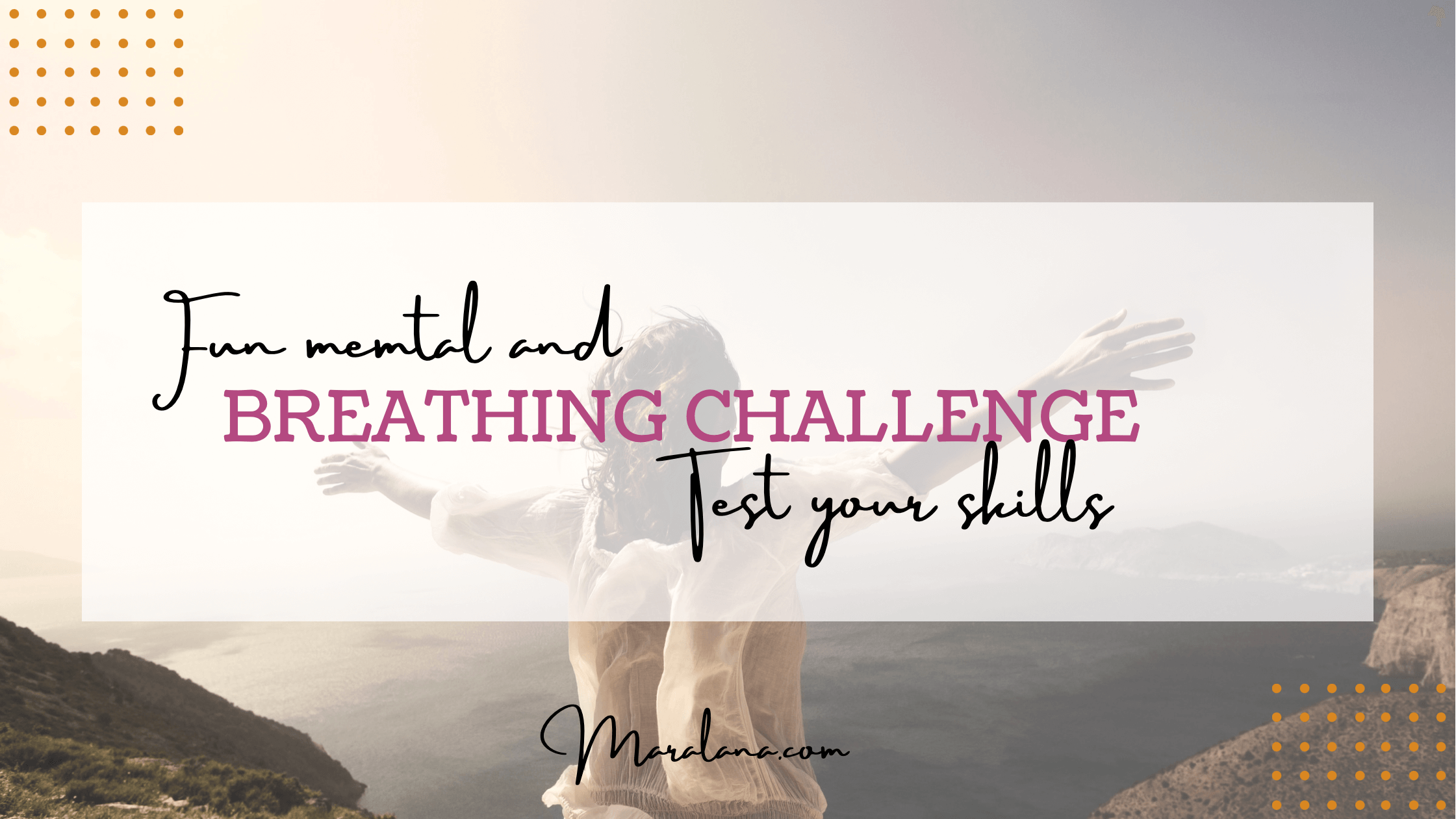Have you been practicing the new breathing techniques that you’ve learned so far? Be sure to try them…While doing yoga – to greatly increase benefits of the practice

Any time you want to change your energy – such as go from anxious to calm, or sluggish to alert
During a mindfulness break – helps to bring on rest and relaxation for better focus any time of day
Today we’ll cover an interesting topic – how breath-holding can be incorporated into your daily breathing exercises. Increase oxygen, get calm, and improve your focus with these breath-holding techniques.
You’ll also learn how to box breathe. This is a common coping tool used by mental health professionals to help their clients work through trauma.
Benefits of Breath Holding
Holding or pausing can be a fun and easy way to play with the breath. Of course, we all remember counting who could hold their breath the longest in the pool as little kids. But even as adults, exploring the spaces between breaths holds a special place in the empowered journey toward self-mastery of breath.
Remember from a previous article, diver Aleix Segura Vendrell, whose 24 minutes under water is the longest recorded time for a human breath hold to date? Well, he used pure oxygen, which again is the reason we are doing all this breathing anyway… more oxygen=more vitality!
But other divers have come quite close on regular air alone, too. World freediving champion, Stig Severensen, held his breath for 22 minutes floating in a tank full of sharks. He actually called it a “meditation underwater”, and the sharks, well, that was partly influenced by his fascination with animals and partly done so that the observers wouldn’t get bored.

Meditation is aptly used by Stig to describe what happens when we hold our breath. To prove it, you’re welcome to try this little experiment.
The next deep breath you take, pause for a short hold and try to think about 3 things at once; it’s impossible! Holding the breath immediately calms and quiets the mental chatter that so many of us have grown accustomed to.
Breath holding for 20+ minutes may not be a realistic goal for you today, but most breath holding, even for just a second or two is safe and beneficial. If you become anxious or uncomfortable during breath holding, just take a break, returning to a natural breath and return as you are ready. Know that you are in charge of your body. Making skillful decisions is part of the journey of breath and body awareness. What better time to practice honoring your boundaries than now?
Square Breathing for Instant Calm
Need a breathing technique to help calm you during or after a stressful encounter? Square breathing is taught by mental health professionals to help clients and patients work through trauma. Whenever you’re feeling triggered during a stressful moment, you can use square breathing to prevent a panic attack or take you out of a stressful moment.

Much like equal movement breath (sama vritti), Square Breathing uses counts to achieve balance. However, instead of just two parts, there are four. This is because the hold at the top of the breath (after inhale) counts as a part of the breath, as does the hold at the bottom of the breath (after exhale).
How to Do Square Breathing:
- Achieve balanced breathing by inhaling for a count of three, and exhaling for a count of three.
- After several rounds of this, layer on a brief hold between inhale and exhale, as well as one between exhale and the next inhale.
- As you grow more comfortable with a brief hold, you may lengthen the hold to the count of three, matching the other two “sides” of the square.
- As you breathe, imagine tracing the four sides of a square. You may even see it being drawn in your favorite color, to add depth to the practice.
- Repeat for as many rounds as feels good for you, perhaps 10-20.
- Return to a natural breath and notice the effects. Viola!
Taking time to learn and practice different kinds of breathing gives you an added advantage for beating stress and better health. Practice makes perfect!


